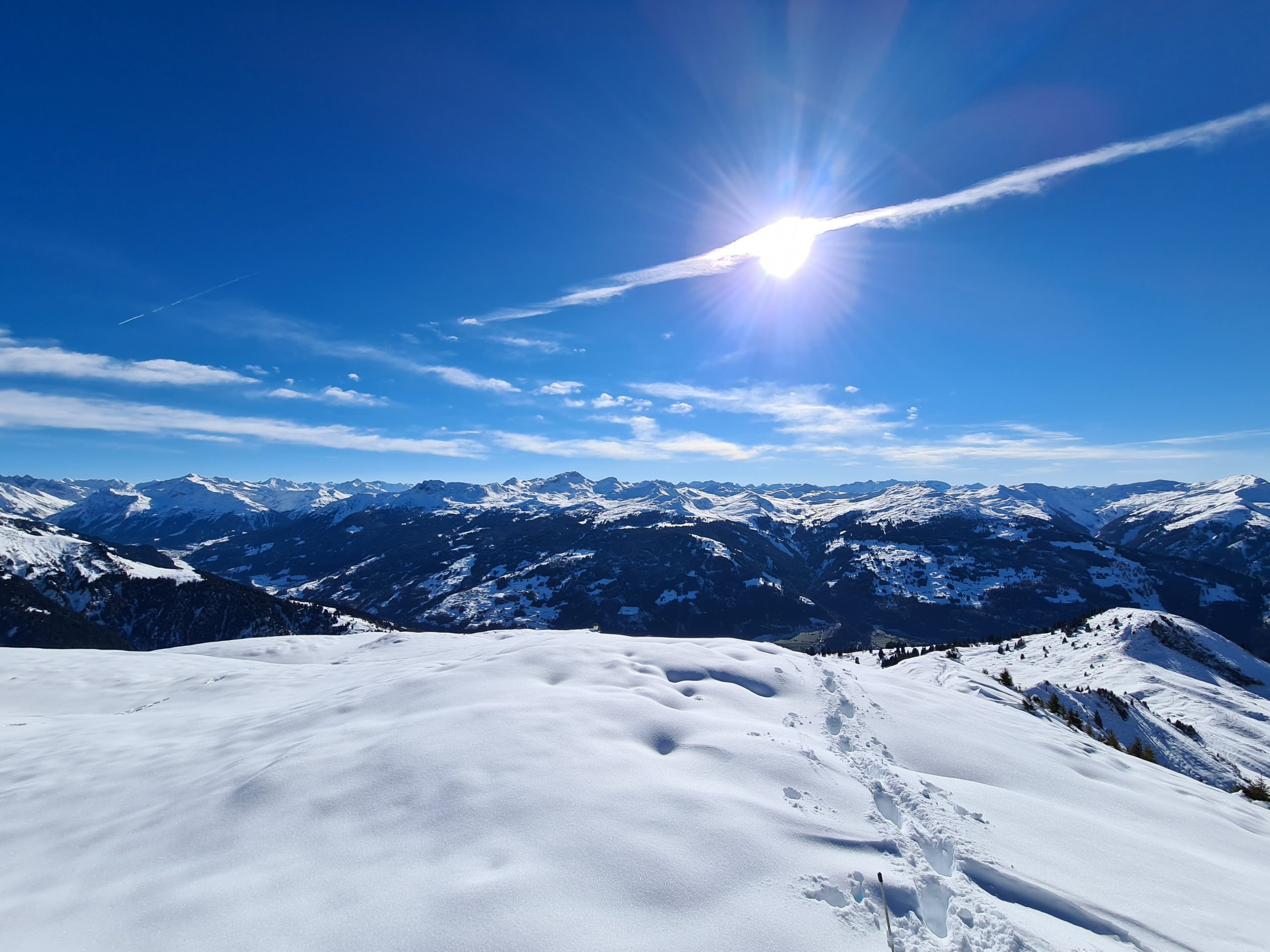Tent condensation is something we have all dealt with when camping. Although unavoidable, there are ways to considerably minimize the build-up of condensation inside your tent.
If you follow these next steps, to understand how this occurs, you can enjoy every outdoor sleep.
What is condensation
Condensation occurs when vapor or gas converts to liquid. This conversion happens when warm air comes into contact with a cold surface. This same process takes place in the glass of your cold drink during a hot day. With tent condensation, the humid air within touches the roof or inner walls of your tent forming moisture that eventually drips when saturated.
3 ways to reduce tent condensation
Condensation is a natural process that is impossible to avoid completely but it can significantly be reduced.
The main source of humidity inside the tent comes from our breath. During our sleep, we exhale up to a liter of water per night. Consider the number of people inside your tent and this multiplies to the amount of moisture that comes from our breathing.
Consider these three factors that help to reduce tent condensation:
1. Proper ventilation
Counter the build-up of humidity by making sure that the vents including the rainfly and rollup sections open. Consider the wind direction when pitching your tent so that the vents are facing the wind.
Before retiring for the night, open up your tent to release the heat that has already accumulated inside. Increasing the airflow within the tent prevents condensation.
2. Tent location
Choose a suitable location when pitching your tent. A spot under some trees in dry ground is preferable. Avoid camping in wet areas or near water sources as humidity is higher. It is tempting to camp near a lake, pond, stream, or shore but the chances for tent condensation are higher in these places.
Low-lying areas also have cooler air and more ground moisture. If the elements permit, choose a camping place on conveniently higher grounds where the temperature is warmer and there are better chances for airflow.
3. Added Moisture
Avoid creating added moisture from inside the tent. Don’t cook inside your tent. Cook and boil water outside to avoid the buildup of vapour.
Hang your wet and damp belongings outside. If you have to keep them inside, make sure to keep them in a dry sack.
If using double-walled tents, make sure that your tent is properly fixed and taut. The flysheet should not touch the inner tent allowing enough airspace in between.
Other tips:
When it rains, you are more likely to experience tent condensation due to more humidity in the air. Make sure to bring a towel to wipe moisture from inside your tent before anything drips.
It is also best to hang your tent and tent fly to dry in the morning before you set off. If you don’t have the time, wipe off the moisture as much as you can. Pack it in your outer pack and hang it to dry during a rest break. Doing so will save you the trouble of setting up a wet tent the next night.





